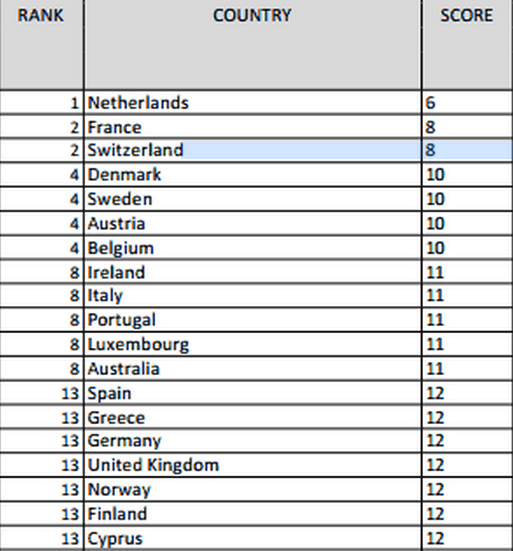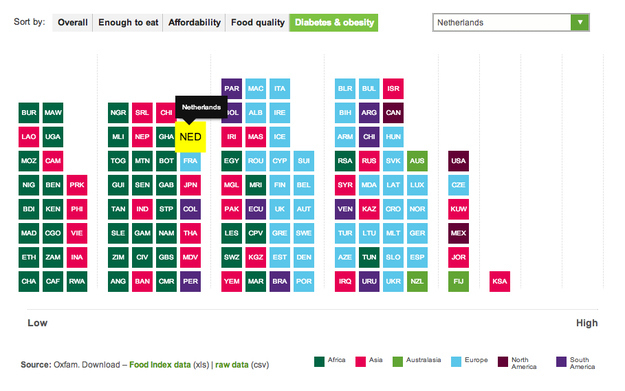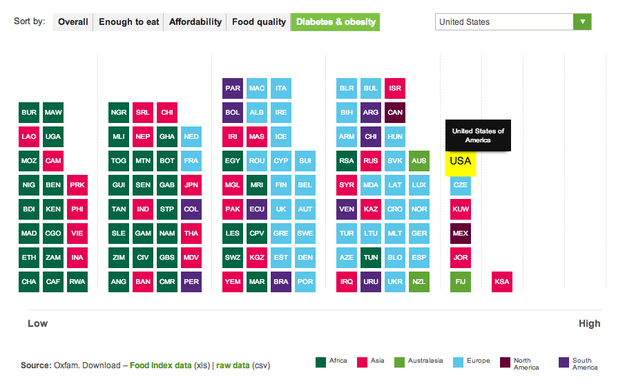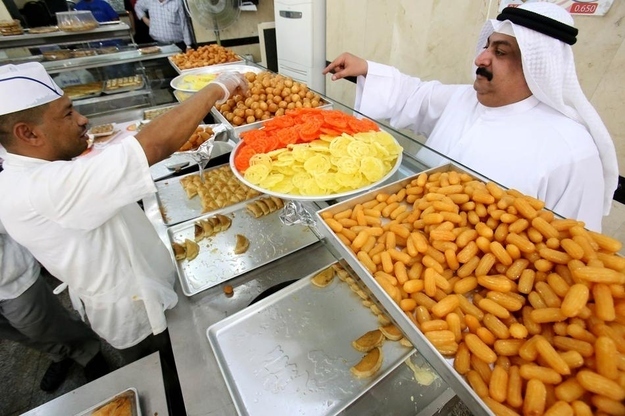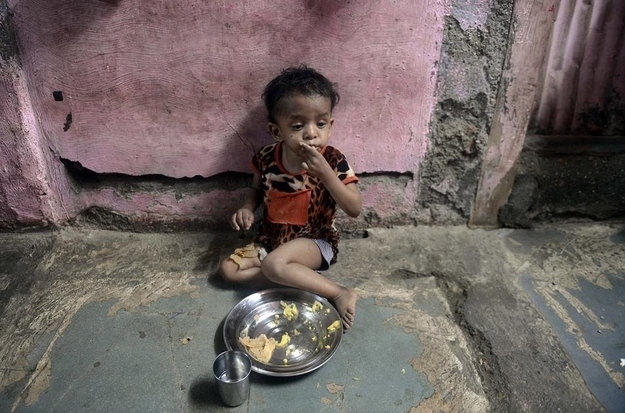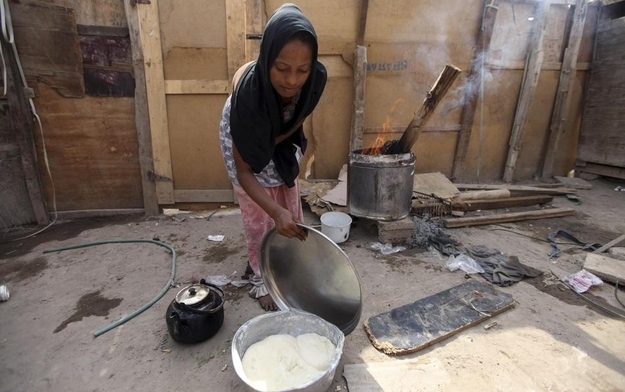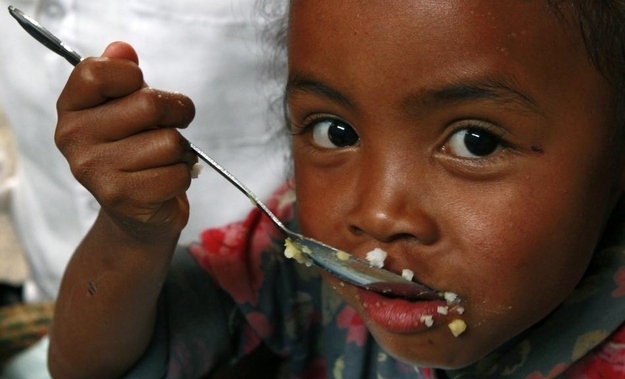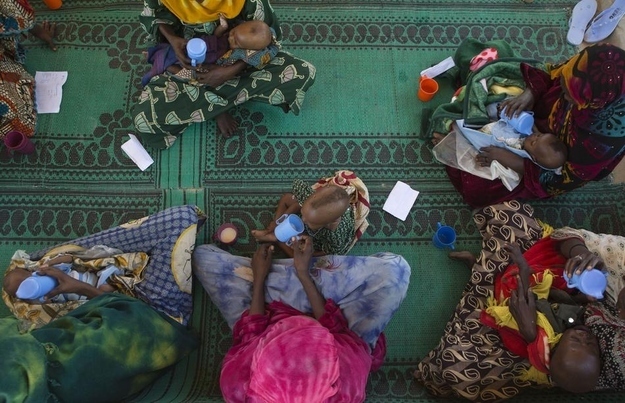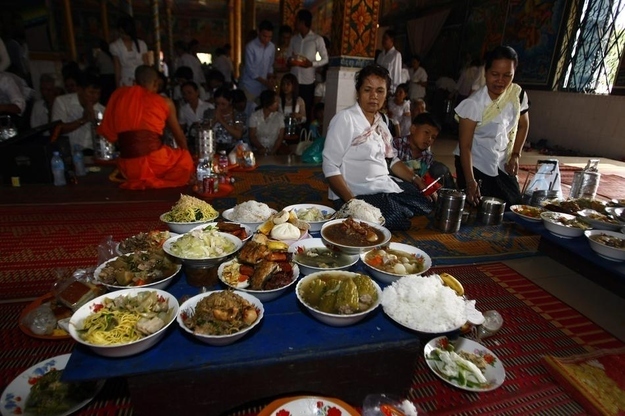1. While there is enough food for everyone in the world, one in eight people go to bed hungry every night. Using global data, Oxfam compiled a snapshot of 125 countries indicating the best and worst places to eat.
To understand the challenges countries faced in getting enough of the right food, Oxfam’s Good Enough to Eat Index asked four core questions using two measures each:
1. Do people have enough to eat? – Measured by levels of undernourishment
and underweight children.
2. Can people afford to eat? – Measured by food price levels compared to other goods and services and food price volatility.
3. Is food of good quality? – Measured by diversity of diet and access to clean and safe water.
4. What is the extent of unhealthy outcomes of people’s diet? – Measured by diabetes and obesity.
3. The best-ranked countries to eat were primarily Western European ones, along with Australia.
4. The Netherlands #1
The Netherlands scored the best because of lower food prices and diabetes levels and more nutritional diversity than other European countries.
5. However, like other countries in the top 12, the Netherlands scored poorly on the obesity measure. Almost one in five (19 percent) have a body mass index of more than 30.
6. Iceland #13 (Overall)
Iceland was ranked as the BEST COUNTRY for food quality and diet diversification.
7. United States #21
Both the U.S. and the U.K. did not feature in the top 20 because of factors like obesity levels and price volatility, respectively.
The U.S. was the BEST COUNTRY in terms of affordability of food.
8. The U.S. tied with Saudi Arabia for the second worst country in terms of obesity levels.
9. Kuwait #41
Kuwait was ranked as the WORST COUNTRY for obesity even though it fared well in terms of affordability and availability of food.
10. China #57
China ranked poorly in terms of affordability and quality of food.
11. Saudi Arabia #71
When it comes to unhealthy eating, Saudi Arabia was the WORST COUNTRY in the index.
It ranked the worst for diabetes, with 18% of the population being diabetic. A third of Saudis are obese.
12. India #97
India tied with Pakistan and Senegal at 97.
It was the WORST COUNTRY in terms of the percentage of underweight children.
13. The worst countries to eat were Sub-Saharan countries and Yemen. These scored poorly on food cost levels which meant that people could not afford to maintain diets sufficient in quantity or quality.
14. Yemen #121
Yemen was the WORST COUNTRY after Burundi in terms of having enough to eat with 29 percent of the population undernourished and 43 percent of children underweight.
15. Madagascar #122
Madagascar had the WORST SCORE in terms of food quality. An average of 79% of people’s consumption is derived from nutrient-poor cereals, roots and tubers, compared to a global average of 47%.
It also tied with India in the THIRD WORST POSITION for undernourishment levels.
16. Chad #125
Chad, a landlocked country in north-central Africa, emerged as the worst place to eat. Here, one in three children are underweight.
17. Chad was also among the worst countries in terms of food cost and quality of food consumed.
18. Other interesting observations from the index:
19. More than 30 million overweight children live in developing countries while 10 million live in developed countries.
There are high levels of obesity in some developing and middle-income countries, with Mexico, Fiji and Venezuela among the worst 10. This has been attributed to changing diets and a shift from eating cereals and grains to more fats, oils, animal products and sugars.
20. Japan and the Republic of Korea are the best countries when combining their scores in the Unhealthy Eating category and the Enough To Eat cateogry.
21. Cambodia is ranked as the best country in the Unhealthy Eating category. However, this is a reflection on the scarcity of food and not a celebration of healthy living.
22. Oxfam concluded its findings on an alarming note:
Despite the huge technological advances of modern times, we are still failing to provide people with the basic sustenance they need to survive and eat healthily. This index shows how it is a phenomenon felt most starkly in poor countries, but not exclusively. Few countries are deserving of silver service status, with obesity, food prices and nutrition rates undermining the records of many of the richest countries – a burden which often weighs heaviest on their poorest citizens.
Read more: http://buzzfeed.com/tasneemnashrulla/the-best-and-worst-countries-in-the-world-for-eating


